10. Agile HR and Finance
The more organizations shift toward agile, the more they need to redesign how they work internally. This chapter introduces some of the implications that internal redesign has for an organization’s human resources (HR) department (e.g., recruiting employees, creating development programs and career paths) and finance department (e.g., budgeting, financial reporting).
Agile HR
Let’s look at the different functions of HR in an agile organization and explain the fundamental shift HR needs to make in order to support agility in the organization.
Agile HR changes the focus in the agile organization to the overall employee experience; it supports the culture shift, choosing the employee-centric approach over the governance role typical of traditional HR departments. Agile HR is responsible for enhancing the agile values and fostering the agile collaborative culture in the organization. To do so, HR needs to gain the trust of the employees, make them the center of HR’s focus, enhance their overall experience, and be agile itself. HR staff need to become servant leaders who care deeply about making people awesome so that they can deliver value to the entire organization, are not afraid to experiment and try new practices, and make safety a prerequisite [Kerievsky19].

Agile HR shifts focus to the overall employee experience
Supporting the Culture Shift
To visualize how typical practices align with the expected culture shift in an agile organization, I often use the competing values framework, as it nicely shows the shift from control and compete cultures toward create and collaborate cultures. It’s a very thoughtful and interesting exercise because it puts everything in context, since all HR-related practices are connected to the culture.
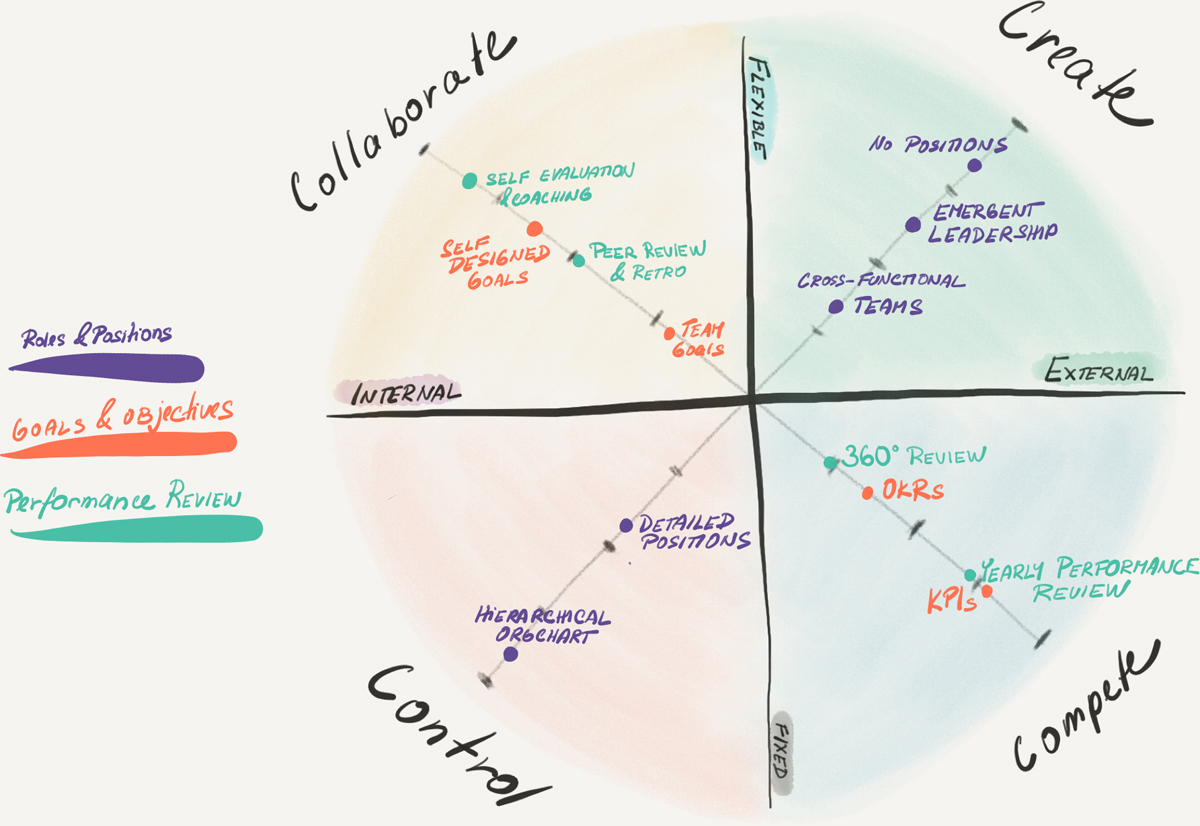
Agile is a journey, represented as a shift from the current culture to the desired culture state. If your current culture is very deep in the control quadrant, then going to an organization with no positions might be too big a step to take in one go. Similarly, going from individual key performance indicators (KPIs) to self-evaluation and coaching might be too much. On the other hand, when you have a mostly agile organization based on self-organized cross-functional teams, neither individual KPIs nor objectives and key results (OKRs) help you on your journey.
Agile HR practices need to be aligned with the culture.
In other words, every practice has its own timeframe when it’s useful. If you apply it too early, you only create chaos and fail, and if you apply it too late, people will be frustrated and demotivated by useless processes and you will slow down the entire agile journey.
Recruiting
In an agile organization, knowledge and skills are no longer the key factors we are looking for. The agile organization is built on collaboration, it encourages innovations, and it needs high flexibility. Past experiences are also applicable only to a certain extent. It’s more about having an open mind, being able to learn new things, and collaborating with others to deal with complexity and unpredictability than about being an expert with deep but narrow specialization. If you don’t think so, think about your own career and that of your colleagues. How many of you are still working in the same specialized field? Most people change their career more than once. Such changes are now required more often than ever before. With that in mind, would you still care about hiring experts with a particular specialization? Not really, as they create silos and prevent your organization from changing the direction of the business. An agile organization needs people who are ready to learn, inspect, and adapt. People who are not afraid to take responsibility and run experiments. People who are not stuck with one way of working (because “we always did it this way”) but who are ready to change their way of working as the business needs require.

Skills are easier to learn than a mindset.
Google is a good example of this approach:
If it’s a technical role, we assess your coding ability, and half the roles in the company are technical roles. For every job, though, the No. 1 thing we look for is general cognitive ability, and it’s not I.Q. It’s learning ability. It’s the ability to process on the fly. It’s the ability to pull together disparate bits of information. We assess that using structured behavioral interviews that we validate to make sure they’re predictive. . . .
What we care about is, when faced with a problem and you’re a member of a team, do you, at the appropriate time, step in and lead. . . .
It’s feeling the sense of responsibility, the sense of ownership. [Friedman14]
If you think about it, it’s very hard to create an agile job description based on skills and experiences, as those are soon to be irrelevant. The new advertisement for an open position might instead say:
We are looking for an enthusiastic, flexible, and open-minded person who is ready to take over responsibility and collaborate with others on achieving the value. We are a team-oriented organization with a flat structure, which will support you in your personal growth. Join our team for a day to experience our culture. Together we can [achieve the vision].
Quite different from a traditional job description, right? But when you want to try it, you realize that recruiting companies are not yet ready to support such needs. They ask questions such as How many years of Java experience do the candidates need? What is the position description you are hiring for? Are you looking for developers or searching for a new CEO? It’s quite a mismatch. What we learned in one of the organizations I worked for is that hiring new graduates is easiest for most of the team positions. They are flexible, have interesting ideas, and are eager to learn new things. All we had to do was create a team-learning environment based on pairs and teamwork where they could get up to speed fast. We realized that learning is easier than unlearning old habits, so in most cases, training fresh graduates was easier then hiring senior employees with individualistic habits that were more harmful than helpful for the team environment. It’s a hard message for all people who believe years of experience counts and should result in a higher salary. Maybe so if you are working for the government, but in the agile space, not necessarily, as the recruiters in agile companies may not care at all about your years of traditional company experience.
Unfortunately, I’ve had similar experiences with executive search companies, no matter how big the name of the recruiting company. They often have no idea what agile is, so they are not helpful with assessing the candidates or finding relevant people. If you start looking for a leader with executive experience and an agile mindset, you soon realize they are hard to find. Most executives have the habit of acting as directive managers from traditional hierarchical organizations, so it’s easier to grow leaders from your organization than to hire them externally.
If you can’t measure experience and skills and you can’t count working years, how can you find out if the person is the right match? It’s the same as in every other relationship: start “dating.” In this case, it’s about getting personal experience and starting to build a relationship with the candidate in order to give both sides the opportunity to determine whether they are compatible at the culture level. You don’t start a relationship on the basis of what someone writes or says about themselves. You are together because of who both parties are. With hiring, it is similar—mindset and culture are hard to change. Skills can be learned.
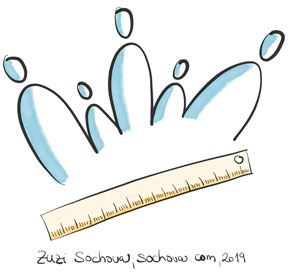
Hiring is more about creating relationships than assessing skills
Purpose-Culture-Engagement
Ondrej Benes, Director, T-Mobile
Through our experiments, we learned that in the mid- and long-run, it pays off to do more cherry-picking when hiring for any role. Best would be probably to pretend that we are about to build a greenfield team. But this is a classic never-ending time vs. quality battle under the delivery pressure. And even (re)hiring tens of internal colleagues, when nothing like the internal labor market was there yet, takes weeks. Only after our experiments did we realize that we had failed to create space for not compromising on the quality and engagement elements. Lay down the purpose, and hire and fire based on the cultural fit and resonance with the purpose—thanks, Zappos guys, for these lessons! Creating purpose-culture-engagement is the key.
The Interview Process
Once we had changed whom we were looking for, we needed to change the interview process as well. As the traditional curricula vitae (CVs) look into years of experience and hard skills, they are not very useful. Companies can get creative here. They can ask candidates to write an essay about why the company should hire them, create a short video on the topic, design comics showing the company how they imagine the work, or write a company press release about hiring them to the position. You would be astounded by the amazing things people create and by how much more you learn about the candidates from such artifacts.
Once they get the basic information about the candidate, companies try to shorten the process and make an offer within a day or two. The long process is often frustrating, and great candidates often don’t wait until you finish multistep interviews but instead take a job somewhere else. One good practice is to do behavior interviews and simulate scenarios to see how the candidate would respond. It tells you much more about the candidate than any hard skills tests can tell you.


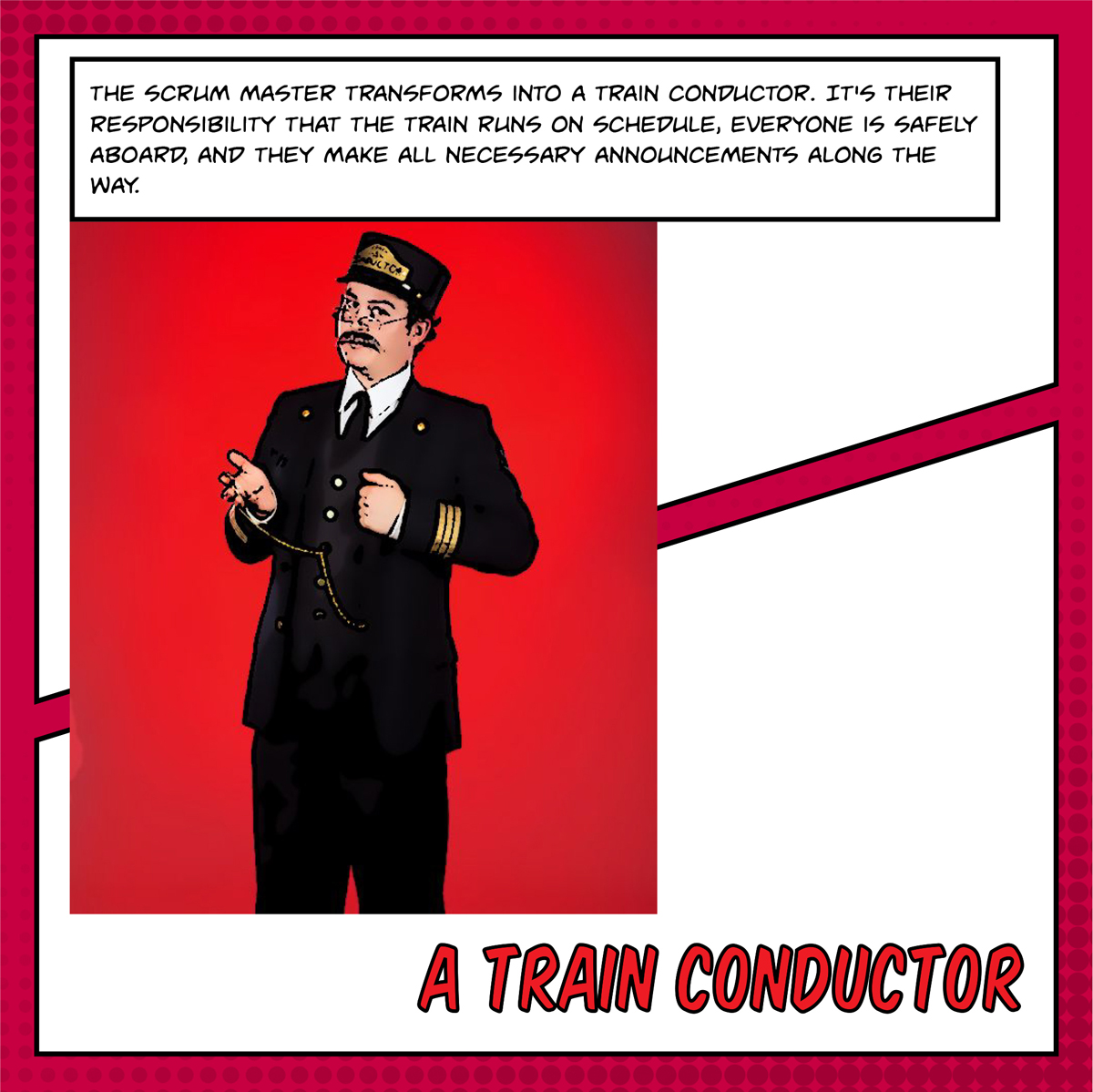
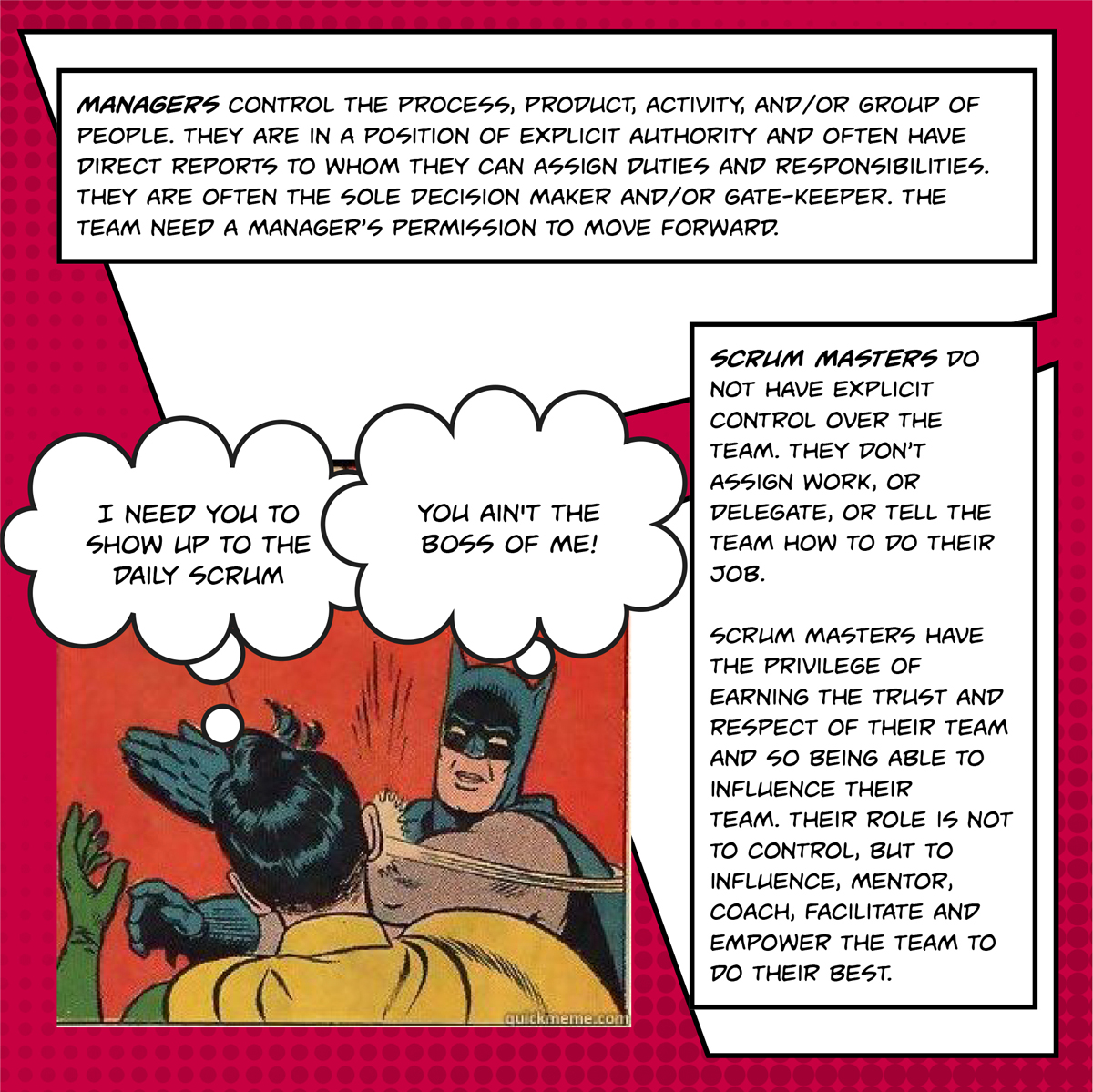

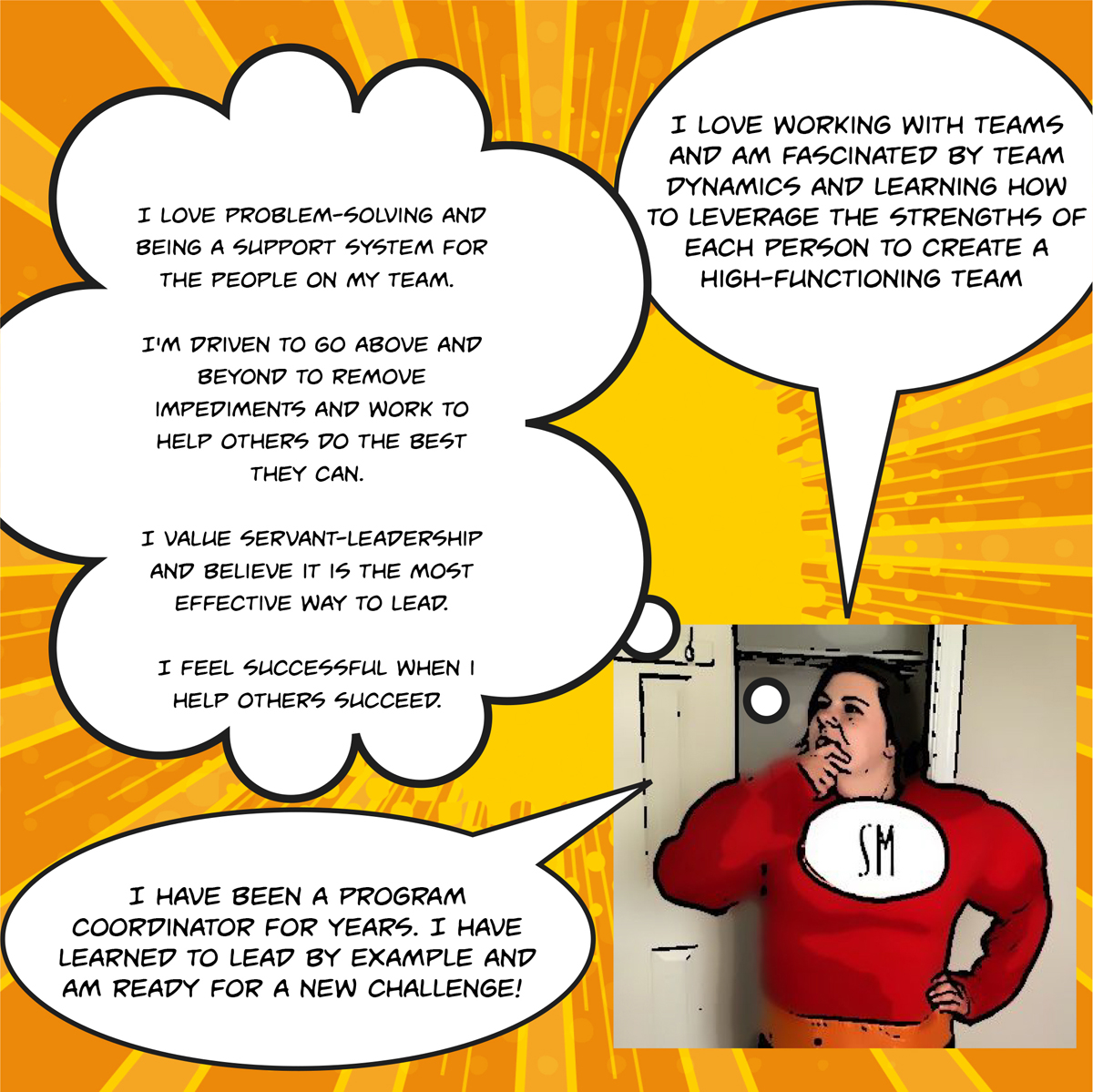
Example comics designed by Kseniya Kreyman as a ScrumMaster submission
Agile companies rely on team interviews. Well-functioning teams will find a good match for the organization while keeping focus on diversity. They will also give the candidate a better feeling for what the organization is like and what kind of challenges they might expect in the job. Another common practice is to have breakfast, lunch, or dinner with candidates, to give both sides the ability to chat about the company and the candidate’s expectations in a less formal environment. Informal conversation is critically important for learning about one other. Finally, very often, companies invite candidates to spend a day in the organization. It’s a great experience for both sides.
An interesting exercise that helps you to raise awareness about different HR practices and their alignment with the current and desired culture is to run a workshop mapping the practices against the competing values map.
As preparation, you need to create a poster for each category of HR practices you want to discuss (e.g., recruiting, positions and career, rewards, performance review) and explain the competing values framework. Ideally, the workshop defining the current and desired culture would be done beforehand, as it helps people to internalize the concept.
Then the participants brainstorm all practices, processes, and tools the organization is using and can use in the future and map them against the picture.
Finally, it’s all about the conversation, so people should talk about the options and their relevance to the desired culture shift.
At the end, you might have several options to try or to investigate further to determine whether they are aligned with the desired culture shift or run against it and need to be discussed further with the larger group. There is no need to make a decision on the spot. This workshop is great for raising awareness about operating high in the create and collaborate hemisphere. It may not solve all problems, but it will definitely generate inspiration and new ideas.
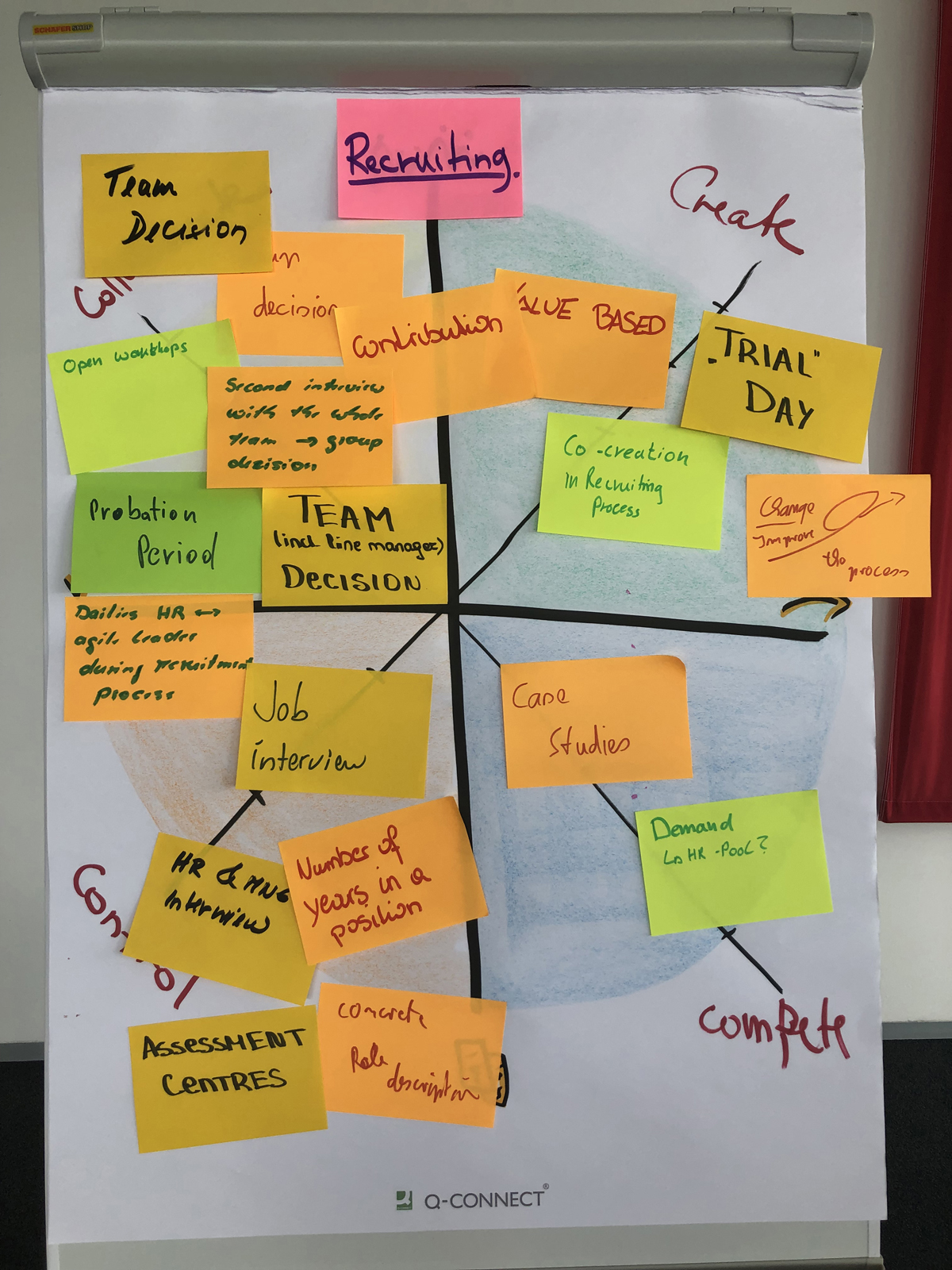
Example of recruiting practices placed on competing values map
Evaluations and Performance Reviews
Once you hire the right person to the team, it’s time to start thinking about evaluations and performance reviews. In a traditional organization, it was pretty simple. Each employee was assigned a task, and each task could be evaluated and linked to a particular KPI. In an agile organization, it’s not that simple, as multiple people collaborate on the same task, and if you try to set some KPIs at the beginning of the year, they mostly become irrelevant somewhere along the way, so there is nothing to evaluate at the end of the year.
The simplest practice used in agile environments is to set a team goal instead of individual goals. There is still a risk that the goal becomes obsolete during the year, but at least you support the team collaborative culture. A slightly better option is to break the year cadence and create shorter goals. After all, there is nothing magical about the year cadence when we deliver products regularly.
A good practice is to let teams design their own goals. “Research shows that goals are not only more likely to be reached if they are created by the one that should achieve the goals, the goals themselves are actually also set higher” [Whitmore09]. In order to make it work, you need a high level of trust and a clear shared vision that everyone understands—the evolutionary purpose, which helps you to define areas where different parts of the organization can focus. When we started our agile journey in our company, we needed to enhance the team spirit and enable team collaboration, so the focus area was defined by the question What did I do the last quarter to help the team? It’s not measurable by itself, so the organization is not imposing goals on people by cascading them but is still influencing the direction by selecting the focus areas. “The overall purpose is not to command and control, it is to create a view for each individual to align their current focus towards current strategy” [Whitmore09].
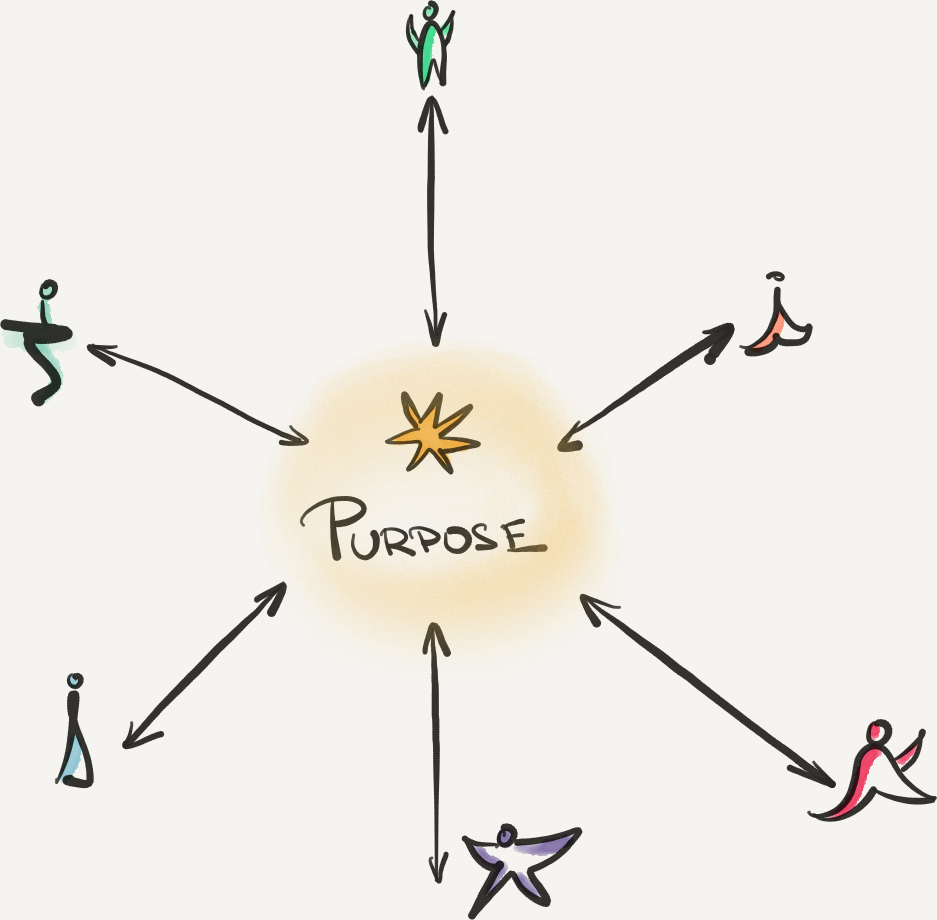
Coaching for Growth
A good step toward a more agile way of working is to replace performance evaluations by coaching conversations focused on employee development. As with every coaching arrangement, it is not about the coach but about coached (the employees in this case), and the focus should be on raising the employees’ awareness of themselves and their abilities and potential. Nor is it not about evaluation, as evaluation is not motivating anyway. It’s about helping people grow according to what the organization needs at the moment.
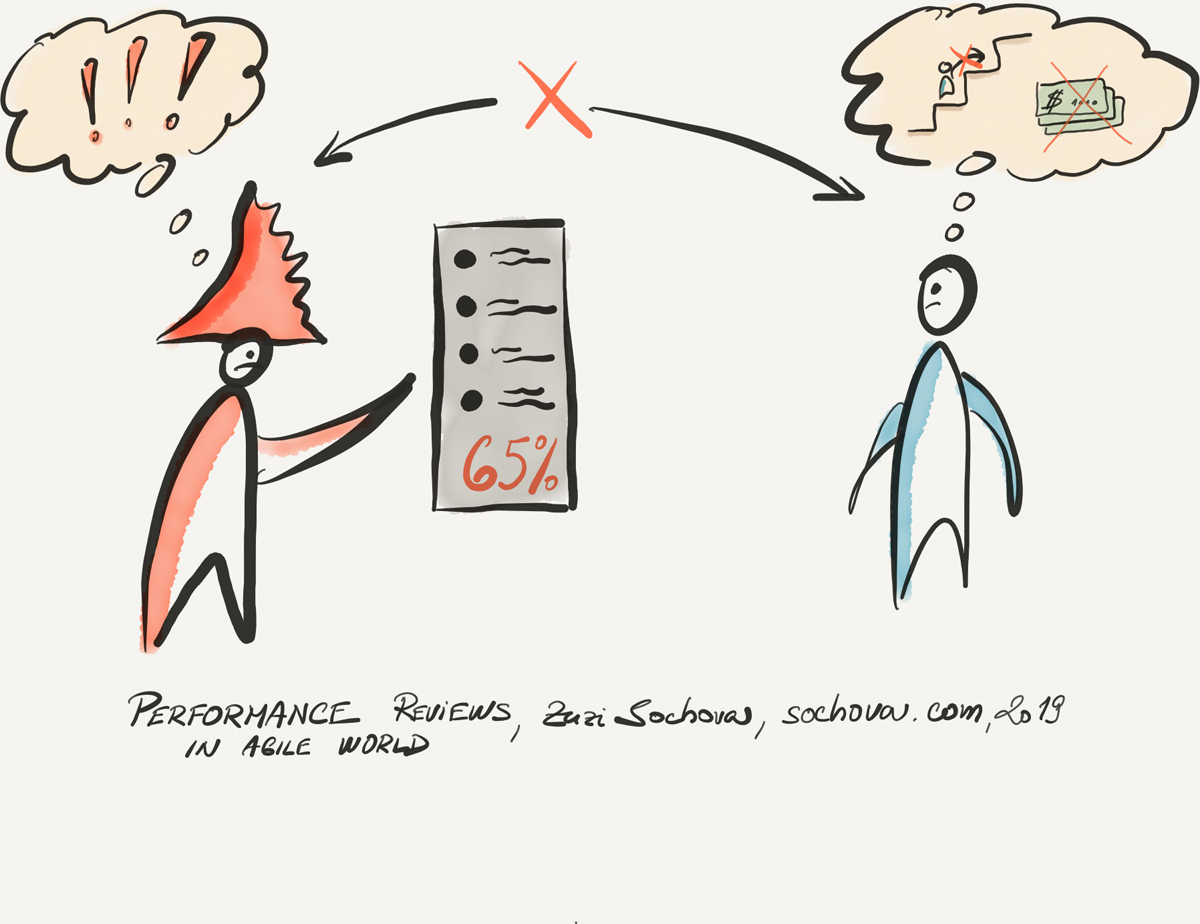
From the organization’s side, you only need to decide what competencies are important for achieving the organizational vision and strategic goals and which are critical for supporting the T-shaped skills1 of the cross-functional teams. The competencies will likely change over time—some may be retired and new ones will emerge. But change is nothing new in agile, right? If you’d like to stress the mindset shift on top of the skills, you can also discuss values along with competencies. You can cocreate your own values or use preexisting values that describe the agile mindset, for example, the five Scrum values: courage, commitment, focus, openness, and respect. You can use them the same way as you use competencies. In other words, employees will do their self-assessment of the competencies and values, choosing a few they are good or great at and a couple they’d like to become better at, and the coaching conversation will help them to gain better awareness of their abilities, limitations, and dreams. You can also ask your peers and teams for feedback and support on the selected competencies and values, which can feed the entire process through incorporating diverse perspectives that help people improve. The process is about growth. Employees should be asking themselves, What competencies am I still learning and need help with to grow? What competencies am I good at that help me be fully effective at my work? What competencies am I great at, so I can mentor others? There is a limit to the number of the items in each category because one of the agile values is focus; you can’t learn too many things at the same time, and you can’t actively mentor people in too many different competencies at the top level either.
In my company, we had this coaching conversation each quarter, looking into the different aspects of the organization’s needs. At the beginning of our agile organization shift, we looked into four quadrants: technical skills, customer communication, people skills, and languages. It was a big shift, as until then the performance review was all about technical skills and whether employees fulfilled the tasks assigned to them. The shift to agile changed that focus. We explained that if you didn’t work according to the team expectations, we would address that at the retrospective and help you learn. We focused those conversations only on the people development aspect. We used a simple coaching scale for each domain, and employees rated their skills on a scale of 1 to 10, where 1 meant “I don’t have that skill” and 10 meant “I’m great.” All such scales are relative to the environment and other people. It was not about the absolute number but more about wanting the employees to consider questions such as What would I be able to do if my rating were increased by one or two points? What difference would it make, what abilities would I have, and what would it allow me to do? In general, we asked coaching questions based on the GROW model [Whitmore09].
When done well, coaching can skyrocket people’s performance. But unfortunately, not many managers are good coaches, which is a limitation in most organizations. And here is one very important need that can be easily addressed by agile HR—developing coaching and facilitation skills across teams can make a huge difference to organizational success. More so than any hard skill.
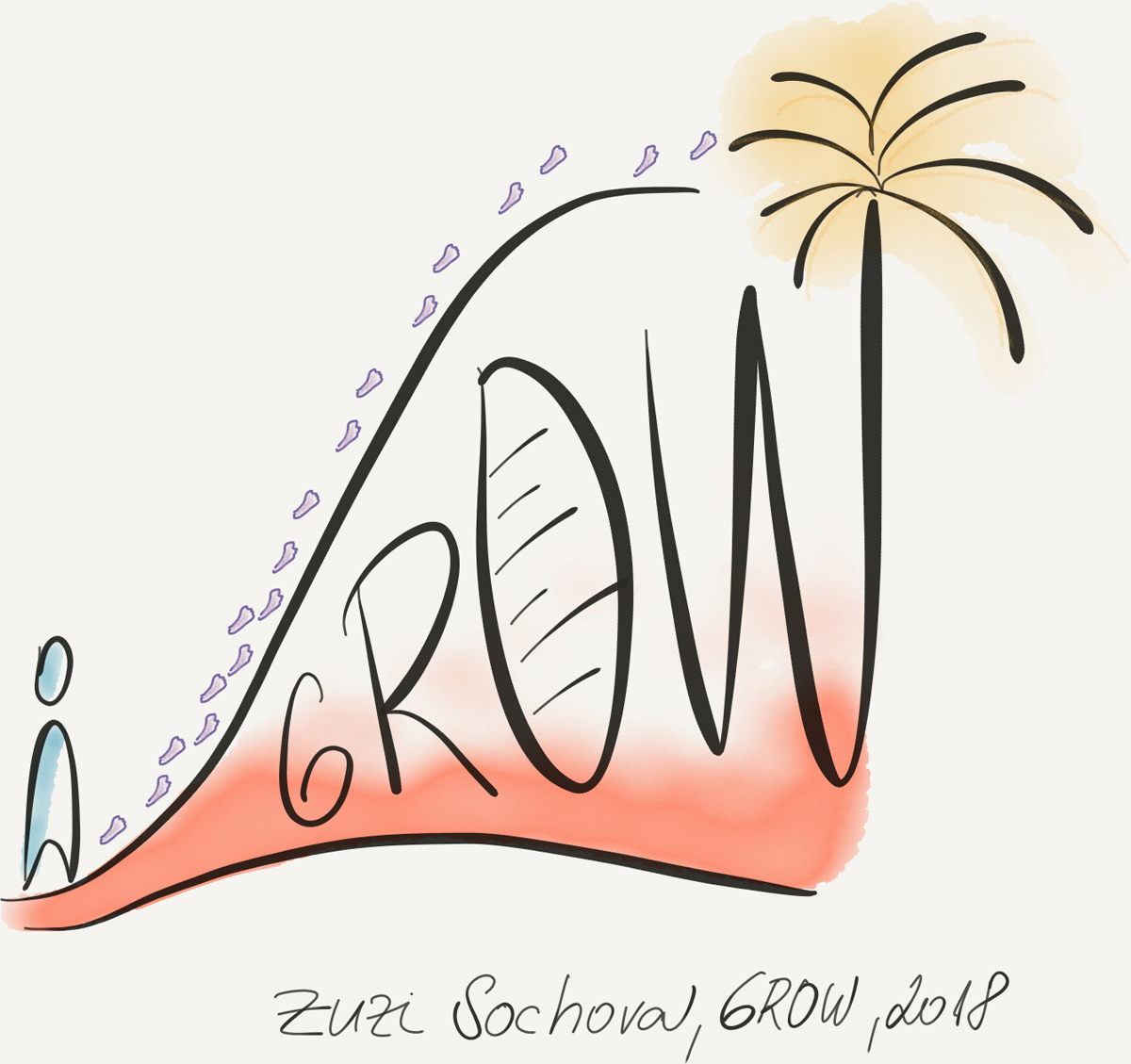
Retrospectives and Peer Feedback
If you are ready to be truly agile, you can run regular and frequent retrospectives instead of using any form of performance evaluation. Together with radical transparency, this will create enough clarity about performance toward the Sprint Goals, product vision, and the entire organizational purpose that people can adapt in a very efficient way. It’s simple and powerful. Indeed, you can have not only team retrospectives, which generate powerful feedback from peers, but also an overall retrospective [LeSS19a] at the multiple team level—as it is designed, for example, in LeSS—and an organizational retrospective that can be facilitated by agile HR, for example, in the form of a World Café or Open Space (see Chapter 11). Together these practices will engage employees in solving team, cross-team, and organizational issues and increase their motivation to come up with creative and innovative ways to be better at delivering value and achieving the organizational purpose.
We value regular peer feedback focused on development over evaluation.
The frequent retrospective cadence provides regular feedback that allows fast changes and small improvements on a day-to-day basis, preventing the big disappointments and surprises of traditional performance reviews, which often cause demotivation and stress. Issues get resolved sooner, before they become too big and poison the team or department, and people get help to work on those issues early, ideally from their peers. You might not be ready for that change tomorrow if the culture of transparency and trust is not prevalent yet, but you can go step by step until KPIs, performance reviews, and formal evaluations are gone and frequent feedback, inspection, and adaptation become a regular way of work.

At this stage, we often stop using the name agile HR and change it to talent development, and the entire focus of HR changes to support the overall employee journey and growth. Supporting coaching and mentoring programs and creating an environment for effective peer feedback are just two ideas of where to start.
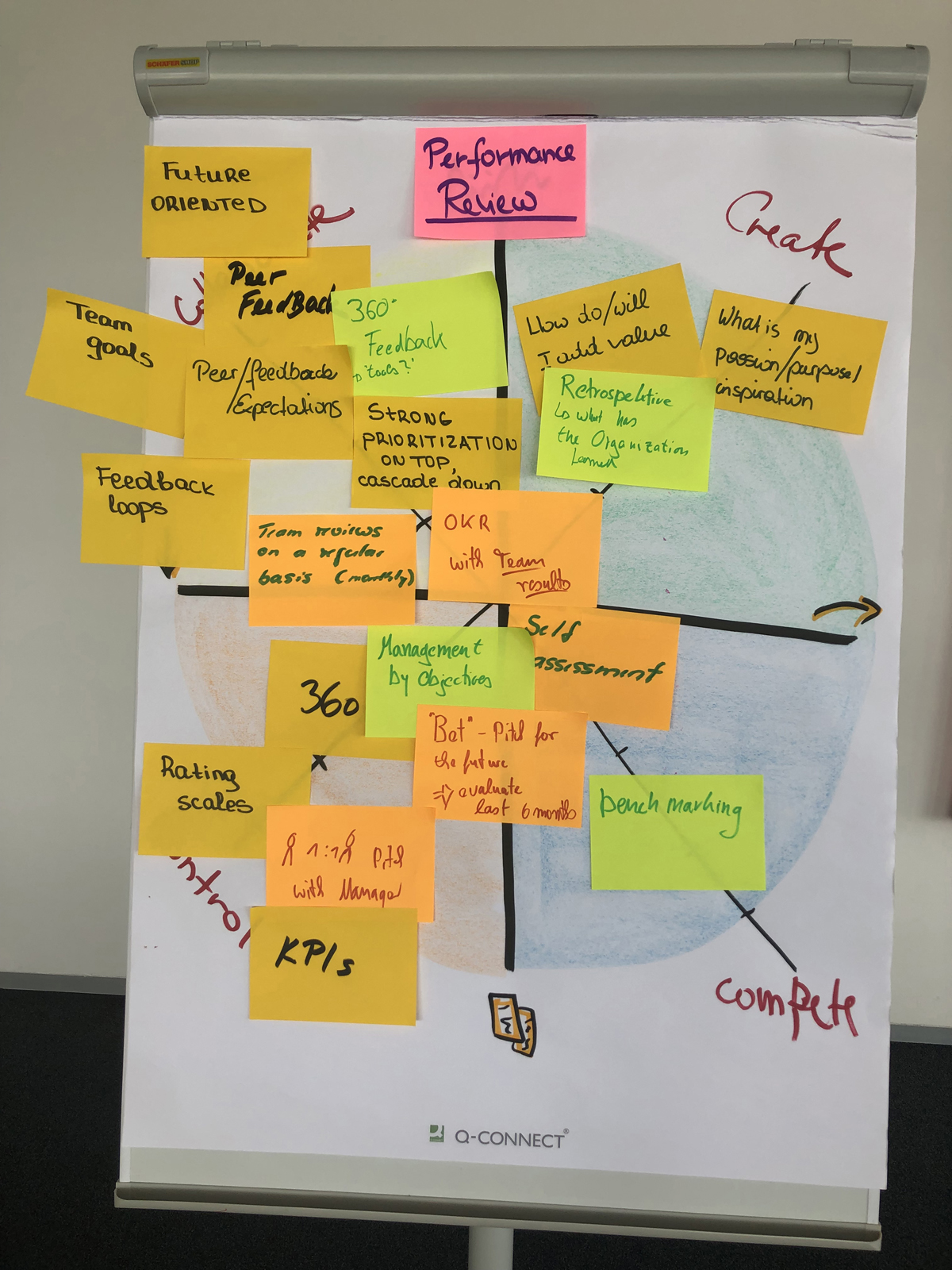
Example of performance review practices on competing values map
Career Paths and Salaries
Now let’s take a look at positions, career paths, and salaries. As I mentioned earlier, positions are not that important in agile organizations, as people collaborate, take over responsibility, and become leaders as needed—not because it is in their job description. In traditional organizations, it’s all about the position. We hire to fill the empty position, we specify what people do and don’t do, and the established hierarchy shows employees what role they might take on if they get a good evaluation and are promoted. The position defines the range of the salary. The whole concept breaks once you stop treating people like individuals and create a team environment where people self-organize their work and collaborate according to their skills and abilities. Such a shift naturally creates the need for fewer positions, and in some Scrum development teams, there are no roles, just team members. Your positions can follow the Scrum organizational design, and, for example, instead of having a software developer, a software tester, and an analyst, you can just have one position, a software engineer, or simply a designated team member. Every defined position potentially creates silos and gaps, dependencies, and the need for synchronization and handover, none of which help you create high-performing teams.
What You Can Do in More Agile Environments
If the previous paragraph didn’t give you too big a shock, you are ready for the next step. When team members contribute to the same goals, do frequent peer reviews, and hold each other accountable to improve their skills, the only reason for positions and career paths is the direct correlation with the salary. The solution is obvious: decouple salaries and positions. In this case, you don’t need any positions at all, as the team roles are emergent based on what the team currently needs in order to meet its goals. Salary can be linked to peer feedback and the individual value of each team member to the organization.
In more agile environments, we decouple salaries and positions and make the roles emergent,
After all, focusing only on money makes people less productive. “The more people focus on their salaries, the less they will focus on satisfying their intellectual curiosity, learning new skills, or having fun, and those are the very things that make people perform best” [Chamorro13].
It’s a startup mindset. Imagine that you are not an employee but an entrepreneur, and every day you need to prove that you bring enough value to get paid. Stressful? Maybe. Be aware that every practice like this needs a certain culture and organizational agility. I would not start the agile journey with it, but you can take it as a next step and be ready to move there when your organization is ready. However, if you feel you are ready, here are two tips on how to start.
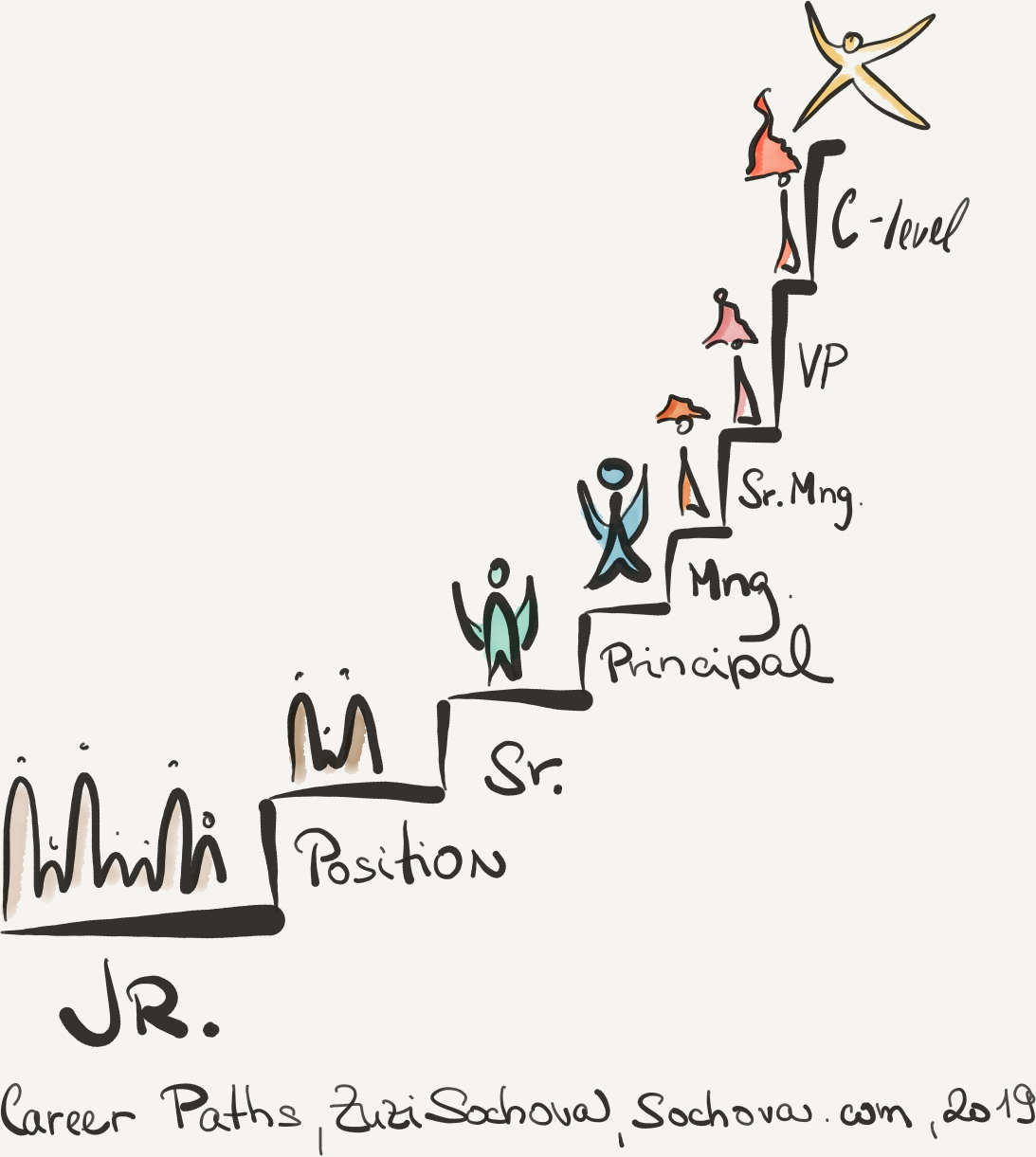
The first choice is a hard change, where employees get two options: stay because you believe in the change and are ready to take ownership and responsibility to succeed and achieve the organizational purpose or take an exit package of x amount and go. The people who stay are those with the right mindset, and any transformation will be met with far less resistance. The second choice is a gradual change. Start with decoupling salaries from positions. Sooner or later, the positions become irrelevant so no one misses them if you remove them. You must have courage if you are to choose the first option. On the other hand, the second option would make your journey longer and more painful. It all depends on what you want and where you are. It doesn’t have anything to do with the company size or the industry. However, for a larger corporation, you might start with a pilot division or one geographical location before you implement it throughout the organization. Agile is not about practices, it’s about mindset. And this is very true for agile HR and talent management as well.

Example of reward practices on competing values map
New Thoughts on Salary Decisions
Jutta Eckstein and John Buck, authors of Company-wide Agility with Beyond Budgeting, Open Space & Sociocracy: Survive & Thrive on Disruption
The director of Mayflower, a German software and consulting company, reports that a small group of employees were dissatisfied with the way their salaries were set because the process didn’t adhere to agile values. The employees informally hypothesized that making their salaries transparent among themselves would improve their ability to work in an agile way. They shared their salaries. The resulting openness improved their enjoyment in working together as a team. The group then went a step further and made their salaries transparent to all their colleagues. More and more colleagues followed their example. This triggered the creation of a new process that was tried and modified several times before the group (for the moment) settled on the following policy: An elected person takes part in all salary discussions (salary representative). Before salary discussions start, management calculates how much money is available for increases (increase budget). Management defines a set of vital company interests that every employee should support (e.g., the employee helps to achieve both customer and team satisfaction). In the salary discussion meeting, the following people participate: the person under discussion, two people the person under discussion invites (typically peers), the elected salary representative, and the director of the branch where the person under discussion works. The salary discussion follows a defined process: After an open dialog about the person with the person present that allows for all perspectives on the person’s growth, achievements, or underachievements, each participant rates the person’s contribution to the company’s interests. Knowing the person’s actual salary, each participant secretly writes the suggested new salary on a sticky note. After all have shown their suggestions and have provided some rationale, the group develops a suggested new salary for the person. After all salary discussions (with all employees) have taken place, management adds up all the deltas of the suggested salary increases and verifies if the increases are within the increased budget. If the sum of all deltas overruns the increased budget, all deltas are proportionally reduced.
What to Do in an Agile Organization
The more agile you become at the organizational level, the more flexible and dynamic the team structure and the more difficult it is to say what each position or role is. The more agile the way you work becomes, the higher the need for transparency at every level. We can see what every person is doing and can challenge him or her and give feedback. Any employee can join any initiative but with all responsibility toward the organizational purpose. As nothing is hidden, it’s in a way controlled by everyone. Emergent servant leadership is the key part that links everything together and makes sure there is harmony instead of chaos. Such environments are ready to make all salaries transparent and let employees be part of the decision. To be fair, not many companies are there yet, so you don’t have to do it all tomorrow. However, you can still by inspired by the possibilities.
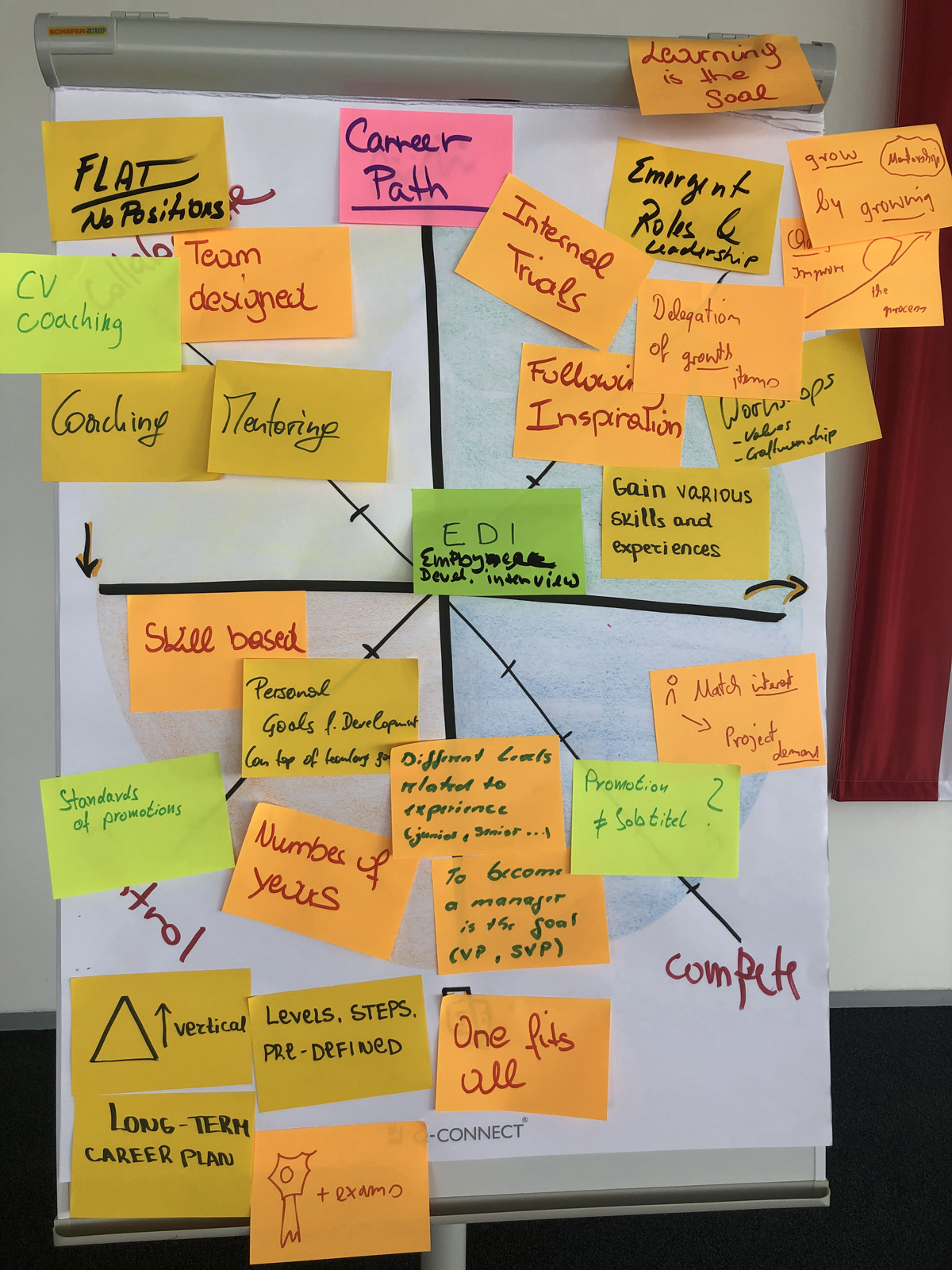
Example of career path practices on competing values map
I’ve had many conversations with people about their careers and about what comes next, and it felt that the missing ingredient was courage. That’s the true agile value we all keep forgetting—the courage to break the position structure and the prescribed career paths and create a brand-new job for yourself. Don’t wait until someone opens a position. Design it yourself. Create a need for your skills and the value you can deliver. Defined positions and career paths are over. They belong to the last century. In the modern world, we need more emergent leadership and flexible solutions for actual problems. Fixed roles only keep the status quo. You are a leader. Step out of your position box and create your own role focused on value, one that allows you to satisfy your dreams.
Leadership and Self-Deception
Another interesting concept from the book Leadership and Self-Deception [Arbinger12] is looking at our reactions when we see people as positions or roles. Whenever we do that, we mentally close them into a box created by the position description, which immediately creates a certain expectation of the person. “He is a tester, so it’s his job to find all the bugs”; “She is a developer, so she should write good quality code”; or “She is a wife, so she is expected to take care of the house.”
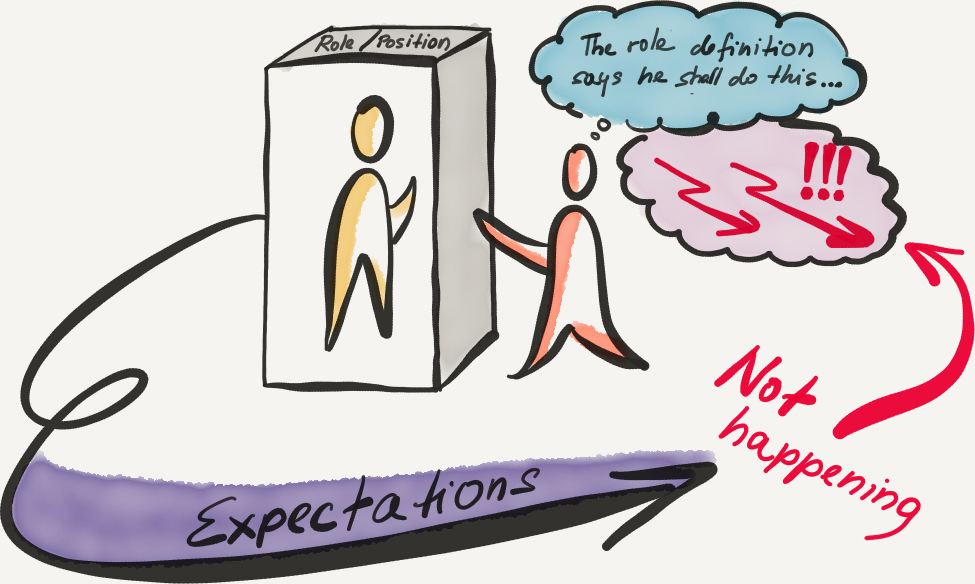
When those expectations are met, there is no issue, but when they are not, which is actually quite common, they create tension, frustration, and stress, which very often manifest in blaming the other person for not doing what we expected from him or her.
In agile environments, we are aware of this closing-in-the-box effect, and this whole psychological aspect is another reason we build cross-functional teams and move out of detailed position descriptions and steep career paths. However, don’t forget that every practice is linked to a certain culture. In highly individual cultures, steep career paths and detail position descriptions are useful, as they give people some vision for growth. In very collaborative purpose-driven organizations, they become impractical, and it’s time to abandon them.
When we first explained the vision of not having detailed positions and career paths in my company, it created a lot of fear. “What will happen to my salary?” “How will I get raise?” and “Does it mean that we are all the same?” people asked. Not necessarily. People are always different and gain the respect of others by helping them and bringing value to the team. Frankly speaking, we hadn’t been using the positions in our Scrum teams for a few years anyway, so why have them when the rest of the organization was about to create cross-functional teams as well? The only reason was that organizations are used to it. It’s the comfortable habit. It took courage and a lot of our time to explain why we don’t need positions in agile teams and what would happen to each individual person as a consequence. At the same time, we also decoupled salaries from the positions and created team-oriented goals linked to a small bonus, which in turn linked to the overall organization revenue. Not a big deal, you might say, but you should never underestimate the need for overcommunication while doing such radical changes.
Leadership, System Coaching, and Large Groups Facilitation
Finally, let’s look at the skills and practices of good agile HR. Primarily, it’s about an understanding of the agile mindset and the ability to create an environment where the agile culture can flourish—an environment supporting collaboration, transparency, open peer feedback, trust, team spirit, ownership, empowerment, and responsibility. Agile HR should support the culture shift. The first step is to raise people’s awareness of where they are and where they want to be from a culture perspective. The more agile your organization is, the higher the need for coaching and facilitation skills. The role of HR is critically important for growing coaching and facilitation skills in the organization and for supporting individuals and teams on their journey.
Being a leader is not a position; it is a state of the mind. Anyone can become a leader.
Another fundamental shift needs to come from management and is based on decision making and delegation of leadership, which is not based on position but is a state of mind. Anyone can become a leader. The decision is yours whether you are ready to take over ownership and responsibility and lead an initiative, a team, or a product. Regular, frequent peer feedback will raise enough self-awareness that leaders can emerge through the organization. We often describe emergent leadership as one person acting as a leader of one initiative while at the same time being a team member of another one. As evaluations transform into regular peer feedback and coaching for development, the key goal for leaders is to help other leaders to grow, and here again, good coaching and facilitation skills are indispensable.
Agile HR = agile leadership + system coaching + large groups facilitation.
The fact that in agile organizations HR changes the focus to the overall employee experience is only the beginning. Let me suggest another idea. Good HR should act as an organizational ScrumMaster, or agile coach if you like, operating at the third level of the #ScrumMasterWay concept [Šochová17], focusing on the overall system. At this level, it’s not so much about coaching individuals as about coaching teams and organizations as a system, leveraging tools from system coaching such as ORSC.2 It’s less about team facilitation than about the ability to facilitate large groups with hundreds of people, leveraging tools such as the World Café and the Open Space (see Chapter 11). It’s about being a model of the agile leader, growing the we culture, and mentoring other leaders to grow into agile leaders. In short, agile HR supports the growth of the agile culture.
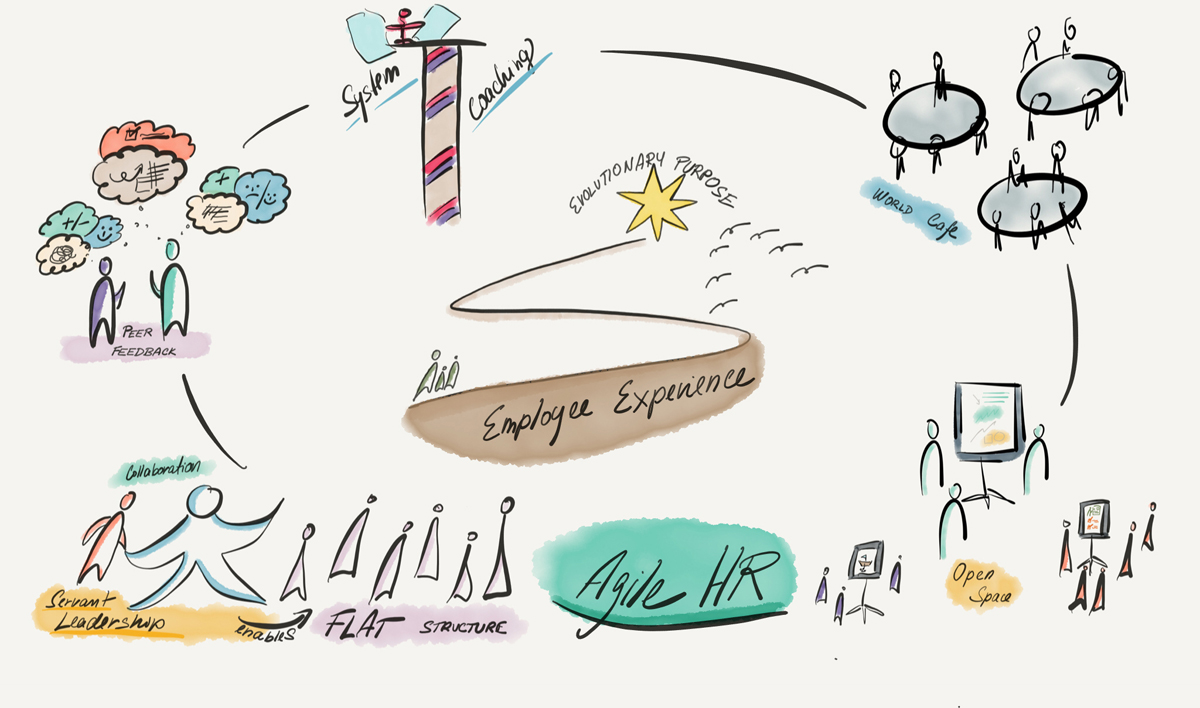
I kept the most radical idea for last. At the end of the day, in a very agile flat organization, there is no need to have any formal HR roles. We have self-organizing teams formed around any issue that needs to be solved. We have radical transparency to identify problems early and regular feedback and coaching to support growth. It’s straightforward and simple if you have the compatible culture. If not, the lawyers will jump in and say you can’t do this, that the organization can’t fire people easily if there are no detailed positions, that you wouldn’t know how much to pay people if there is no evaluation, that people will not do their best work if there are no KPIs—I can go on and on. The entire HR function fits the knowledge Organization 2.0 with an orange structure. The more you shift toward dynamic organizational design and toward agile, the less need there is for fixed HR processes and for HR overall.
Agile Finance
Like agile HR, agile finance is crucial for organizational agility. “When examining specific divisions, while there are fewer organizations transforming Finance and HR, those that do have higher outcomes” [BusAI18]. Changing the finance department is hard, as finance people usually like yearly planned budgets and fixed forecasts. However, the need for flexibility is very strong across industries and shifts organizations toward rolling budgets. In the agile finance arena, the concept of Beyond Budgeting has been the most successful. “Beyond Budgeting means beyond command-and-control toward a management model that is more empowered and adaptive” [Beyond14b]. It’s been adopted by many large and small organizations worldwide3 with great results.
Many of the twelve Beyond Budgeting principles [Beyond14a] are not new to agile, but they are still useful to remember in the context of finance:

1. Be a purpose-driven organization.
2. Govern through shared values.
3. Focus on team culture.
4. Trust people.
5. Give them autonomy to act.
6. Be customer-centric.
7. Keep the rhythm.
8. Be dynamic.
9. Set directional ambitious goals.
10. Allocate resources as needed.
11. Encourage peer feedback.
12. Reward shared success over competitions.
This philosophy is familiar to true agilists, but it is very challenging for those who have spent their entire careers in the traditional environment based on fixed plans and budgets. The idea that an organization can be managed successfully without fixed annual budgets is sometimes hard to grasp. Interestingly, once you allow it to happen, you can be significantly more responsive to the business challenges and needs and can allow the organization to iterate toward the purpose, not just follow a plan that might not yet be relevant.
The tw telecom Story
Nevine White, VP Accounting at Hargray and former VP FP&A, tw telecom
In early 2004, my boss laid out a challenge for me—find a better way to financially plan for the company and replace the outdated and wasteful budget process. That was the beginning of a major organization-wide transformation that resulted in not only our moving to rolling forecasts but also in allowing a shift to a management system that was agile, effective, and exceptionally successful. For lack of any specific direction on how to move forward, I started researching ideas to find that “better way.” This led me to a planning approach known as Beyond Budgeting. We quickly designed the new process and planning models. Taking care of these very tangible items was exciting and well within what my Finance team and I were good at. Then the realization hit that this was going to be a huge cultural change, and we had to embrace our newly enabled change management methodology, learning skills that were critical to the success of this finance-originated initiative.
We began to enroll people in this profound change and did something that is often foreign to finance teams—we listened to our front line. We very deliberately shifted from this being a “finance thing” to it being a corporate initiative. We became visible in the field, allowing us to be more responsive. We eliminated home-grown bureaucracy and pushed out approval authority to the front line to make decisions happen faster and make us more agile as an organization.
Our first new forecast process was rough, but we learned from our mistakes, adjusted, and tried again. We realized that this would require continuous adaptation to keep up with changes in the market and to stay aligned with strategic priorities. When we unraveled this “sacred cow” of budgeting, everything was suddenly fair game, and we adopted a mindset of continuous improvement and innovation. Even processes that were fixed and working would inevitably feel the strain of the market and customer needs shifting as we grew—we were constantly tinkering with removing obstacles.
The whole tone of the organization changed. People were listening, collaborating, and including new stakeholders. We embedded the Finance team with the field organizations to be able to make decisions faster—we were no longer seen as an obstacle. We were all suddenly part of a larger purpose, striving for a common goal. I will claim that eliminating the budget was the sole factor in the company’s success—but by creating business agility, we allowed our front-line leaders to focus on the job they were hired to do. In the decade we operated without the constraints of outdated budgets, tw telecom delivered forty consecutive quarters of top-line revenue growth—and that includes the years of the great recession. By being willing to take some risk and truly engage in deploying some new ideas, we accomplished something remarkable. We created the necessary transformation in our business to be the most agile in our industry in terms of customer experience and innovation.
Books to Read
Agile People: A Radical Approach for HR & Managers (That Leads to Motivated Employees), Pia-Maria Thoren (Austin, TX: Lioncrest, 2017).
Implementing Beyond Budgeting: Unlocking the Performance Potential, Bjarte Bogsnes (Hoboken, NJ: Wiley, 2016).
In a Nutshell
Agile HR supports the growth of the agile culture.
Agile HR = agile leadership + system coaching + large groups facilitation.
Agile organizations decouple salaries and positions and make the roles emergent.
Rolling budgets are flexible, dynamic, and keep the rhythm.
1 T-shaped skills is a metaphor used in agile teams where each person has a deep knowledge of one skill in his or her area of expertise (vertical line of the T letter) along with a broader knowledge of other skills (horizontal line of the letter T) used in the team.
2 ORSC is Organizational Relationship System Coaching: https://www.crrglobal.com.
3 Key examples include Handelsbanken, Guardian Industries, tw telecom, SlimFast, Unilever, American Express, and M. D. Anderson Cancer Center—see https://planful.com/blog/are-you-ready-to-move-beyond-budgeting.
